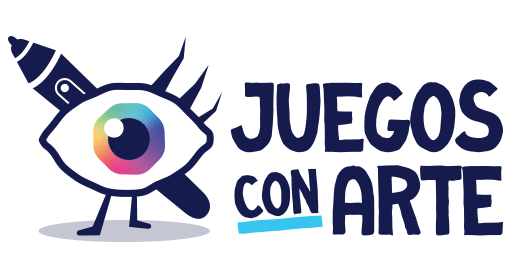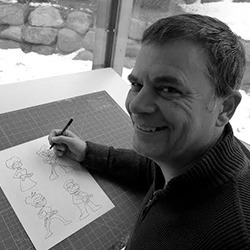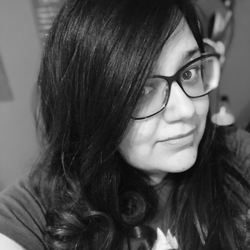
Hoy es el turno de la ilustradora francesa Apolline Etienne, ella es la responsable del arte de un gran número de juegos de mesa, curiosamente la mayoría relacionados con la temática de la naturaleza, ya que Apolline siempre se rodea de ella para sentirse inspirada.
Apolline nos explica cómo fue la creación de Living Forest, Momiji y nos habla un poco de su último trabajo Power Plants.
ENG | Welcome Apolline Etienne for our readers who don’t know you yet, could you tell us a bit about yourself and your beginnings in illustration?
My beginnings in illustration mostly involved illustrating self-published children’s books and creating pieces for my portfolio, I had three jobs back then and I remember getting up early to catch a few spare minutes for drawing before getting back to my daily grind.
ESP | Bienvenida Apolline Etienne, para nuestros lectores que aún no te conocen, ¿podrías hablarnos un poco de ti y de tus inicios en la ilustración?
Mis inicios en la ilustración fueron sobre todo ilustrando libros infantiles autopublicados y creando piezas para mi portafolio, tenía tres trabajos por aquel entonces y recuerdo que me levantaba temprano para coger unos minutos libres para dibujar antes de volver a la rutina diaria.
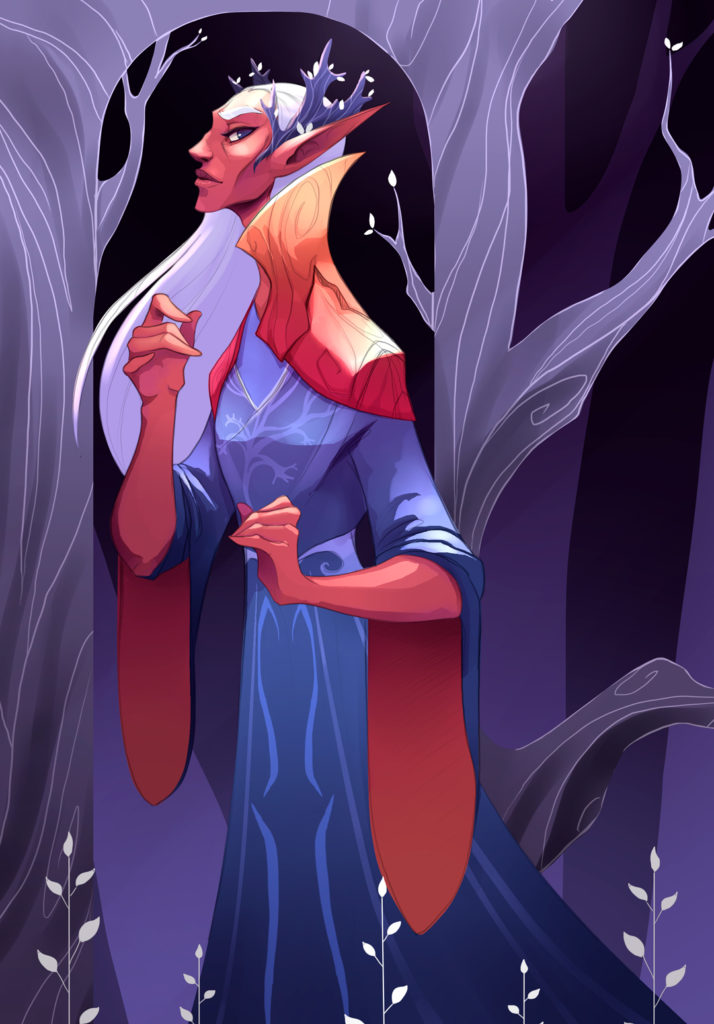
ENG | How did you first get involved in illustrating a board game and what did you learn from that project?
The first board game I illustrated (along with other illustrators) is ‘Muse” by Quick Simple Fun Games. I learned the importance of meeting deadlines and fine-tuned my workflow to fit industry standards.
ESP | ¿Cómo empezó a ilustrar un juego de mesa y qué aprendió de ese proyecto?
El primer juego de mesa que ilustré (junto con otros ilustradores) es «Muse» de Quick Simple Fun Games. Aprendí la importancia de cumplir los plazos de entrega y afiné mi flujo de trabajo para adaptarlo a los estándares de la industria.
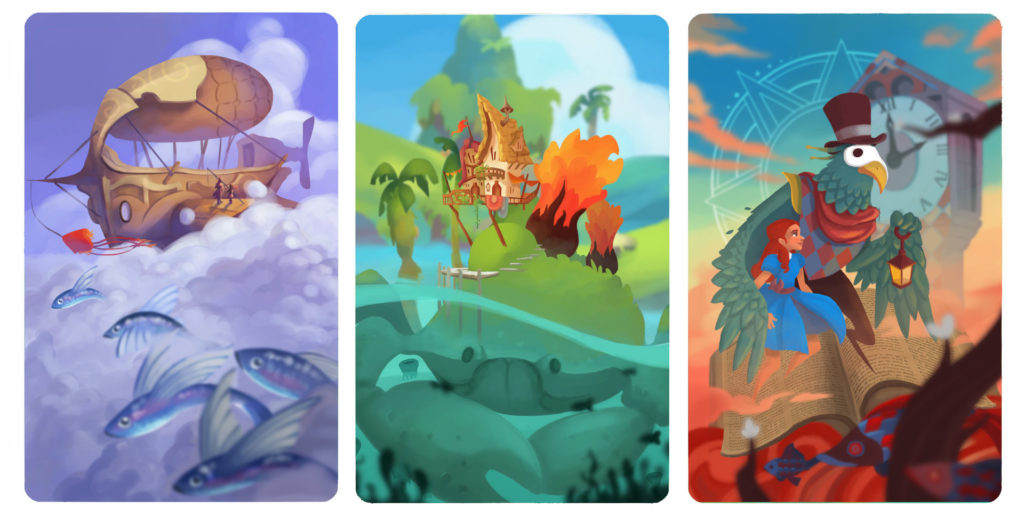
ENG | We are fascinated by your illustrations full of magic and mystery, could you tell us about your creation process?
I am one of those people who yearn to be surrounded by nature in order to feel inspired. I very often sketch underneath a tree and I try to be as loose as possible when sketching. Using my sketch as a base, I then roughly throw splashes of colour (called a speedpainting) in order to quickly work out the general atmosphere of my illustration, I can sometimes create up to 4 different speeds before I am satisfied. I then use both the original sketch and my speedpainting to refine things further and render the final illustration
ESP | Nos fascinan tus ilustraciones llenas de magia y misterio, ¿podrías hablarnos de tu proceso de creación?
Soy una de esas personas que anhelan estar rodeadas de naturaleza para sentirse inspiradas. Suelo dibujar debajo de un árbol y trato de ser lo más libre posible al dibujar. Utilizando mi boceto como base, doy pinceladas de color (lo que se denomina speedpainting) para crear rápidamente la atmósfera general de mi ilustración; a veces puedo crear hasta 4 versiones diferentes antes de estar satisfecha. A continuación, utilizo tanto el boceto original como el speedpainting para perfeccionar la ilustración final.
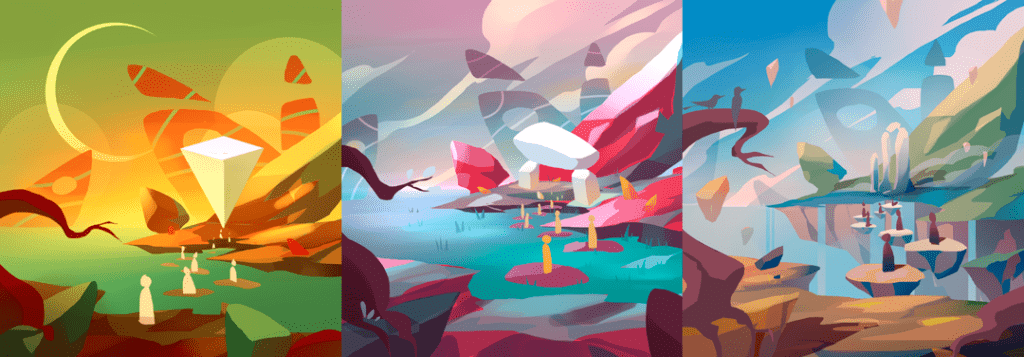
ENG | You are responsible for the beautiful art of the Living Forest board game by author Aske Christiansen, how did you get involved in the project and what made you want to participate?
I was contacted by Cedric from Ludonaute in early 2020 who told me about the project and believed that my style would be perfect for the game. We talked on the phone and he described to me what the team was looking for visually speaking. Forest guardians, the four seasons, sacred trees, all of this is right up my alley and what I love drawing the most in my spare time.
ESP | Eres la responsable del hermoso arte del juego de mesa Living Forest del autor Aske Christiansen, ¿cómo te involucraste en el proyecto y qué te hizo querer participar?
Cedric, de Ludonaute, se puso en contacto conmigo a principios de 2020, me habló del proyecto y creyó que mi estilo sería perfecto para el juego. Hablamos por teléfono y me describió lo que el equipo buscaba visualmente hablando. Los guardianes del bosque, las cuatro estaciones, los árboles sagrados, todo esto es justo lo que me interesa y lo que más me gusta dibujar en mi tiempo libre.
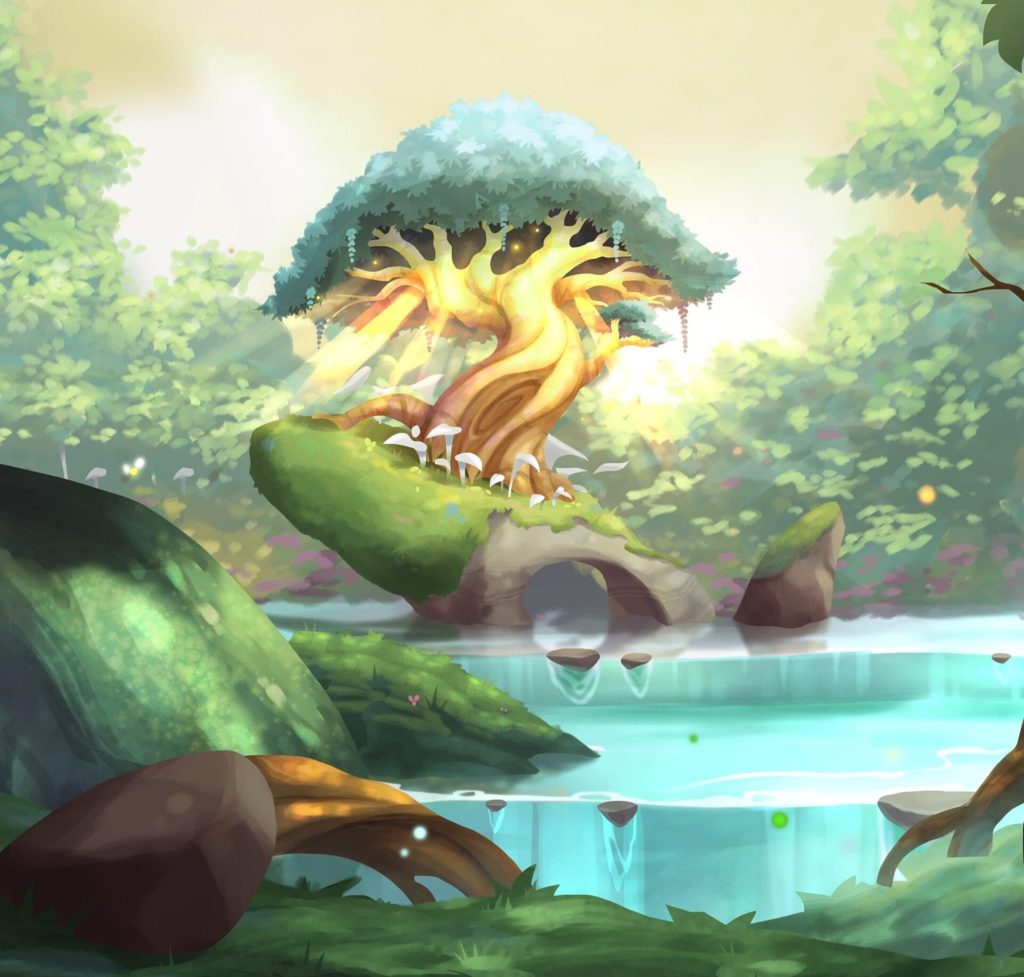
ENG | In Living Forest we will be nature spirits protecting the Sacred Forest Tree from the flames of the dreaded Onibi. How was the process of documenting and creating all these spirits and animals?
Cedric had given me an actual spreadsheet with a list of all the animals the team wanted to see in the game along with their level. Some guardians are weaker than others in the sense that they cost less and he wanted that to be translated visually. I also watched a lot of nature documentaries during that time and had a massive folder filled with national geographic photographs.
ESP | En Living Forest seremos espíritus de la naturaleza que protegen el Árbol Sagrado del Bosque de las llamas del temido Onibi. ¿Cómo fue el proceso de documentación y creación de todos estos espíritus y animales?
Cedric me dio una hoja de cálculo con una lista de todos los animales que el equipo quería ver en el juego junto con su nivel. Algunos guardianes son más débiles que otros en el sentido de que cuestan menos y él quería que eso se tradujera visualmente. También vi muchos documentales sobre la naturaleza durante ese tiempo y tenía una enorme carpeta llena de fotografías de National Geographic.
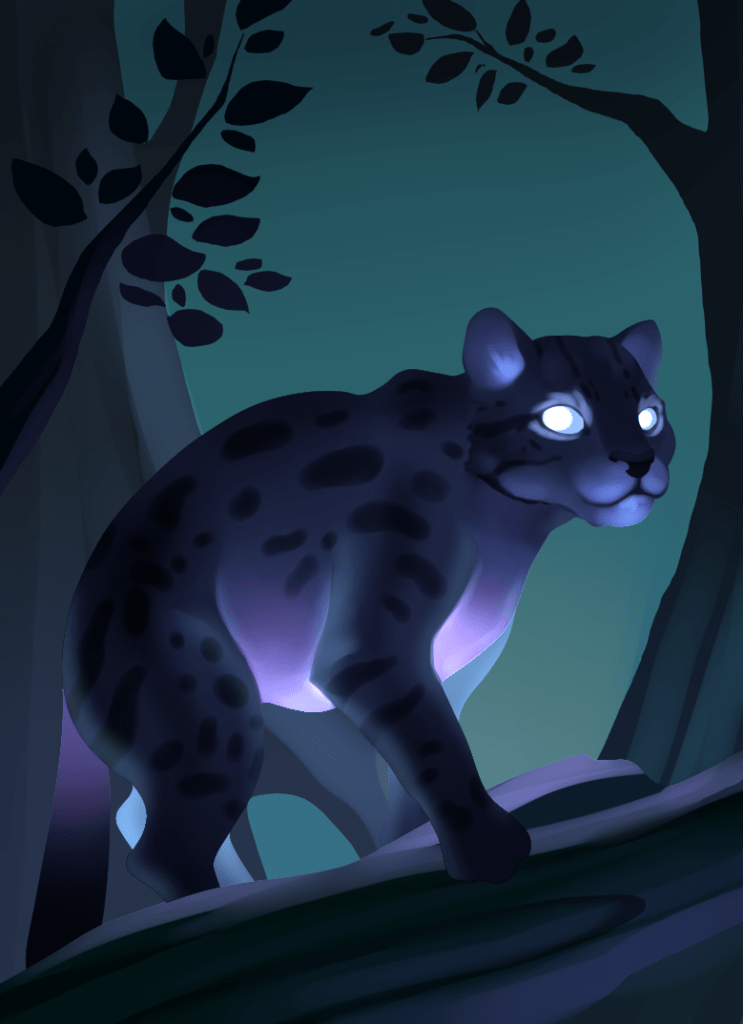
ENG | In another game where we can enjoy your art is the board game Momiji, tell us how was your creative process? From the first ideas to the final art.
I have a style that has often been described as Asian-inspired, the funny thing is that I have never been to Asia (though I am definitely planning to). I like to think it’s because of all the Ghibli movies I watched , at any rate, that led me to create some interesting pieces for Momiji. My creative process is the same as with any other project: roughly block out shapes and get a feel for a nice composition, then refine things further by adding details, in this case a rough cylinder becomes a Pagoda, a straight line turns into a waterfall etc etc. Bushes, rocks and trees are added later to add more life to the scene.
ESP | Otro juego en el que podemos disfrutar de tu arte es el juego de mesa Momiji, cuéntanos cómo fue tu proceso creativo? Desde las primeras ideas hasta el arte final.
Tengo un estilo que a menudo se ha descrito como de inspiración asiática, lo curioso es que nunca he estado en Asia (aunque definitivamente estoy planeando hacerlo). Me gusta pensar que es debido a todas las películas de Ghibli que vi , en todo caso, que me llevó a crear algunas piezas interesantes para Momiji. Mi proceso creativo es el mismo que el de cualquier otro proyecto: hago un bloque de forma aproximada y consigo una composición agradable, luego refino las formas añadiendo detalles, en este caso un cilindro aproximado se convierte en una Pagoda, una línea recta se convierte en una cascada, etc. Los arbustos, las rocas y los árboles se añaden después para dar más vida a la escena.

ENG | During the whole process of Momiji, which parts were the most difficult or problematic?
The most difficult obstacle when creating illustrations for Momiji was the cultural aspect of it. I am a French woman who has never travelled outside Europe and I was scared that my illustrations would depict Japan poorly. Thankfully and actual Japanese consultant was there to check my illustrations every single step of the way.
ESP | Durante todo el proceso de Momiji, ¿qué partes fueron las más difíciles o problemáticas?
El obstáculo más difícil a la hora de crear las ilustraciones para Momiji fue el aspecto cultural. Soy una mujer francesa que nunca ha viajado fuera de Europa y tenía miedo de que mis ilustraciones representaran mal a Japón. Afortunadamente, un consultor japonés real estuvo allí para revisar mis ilustraciones en cada paso del camino.
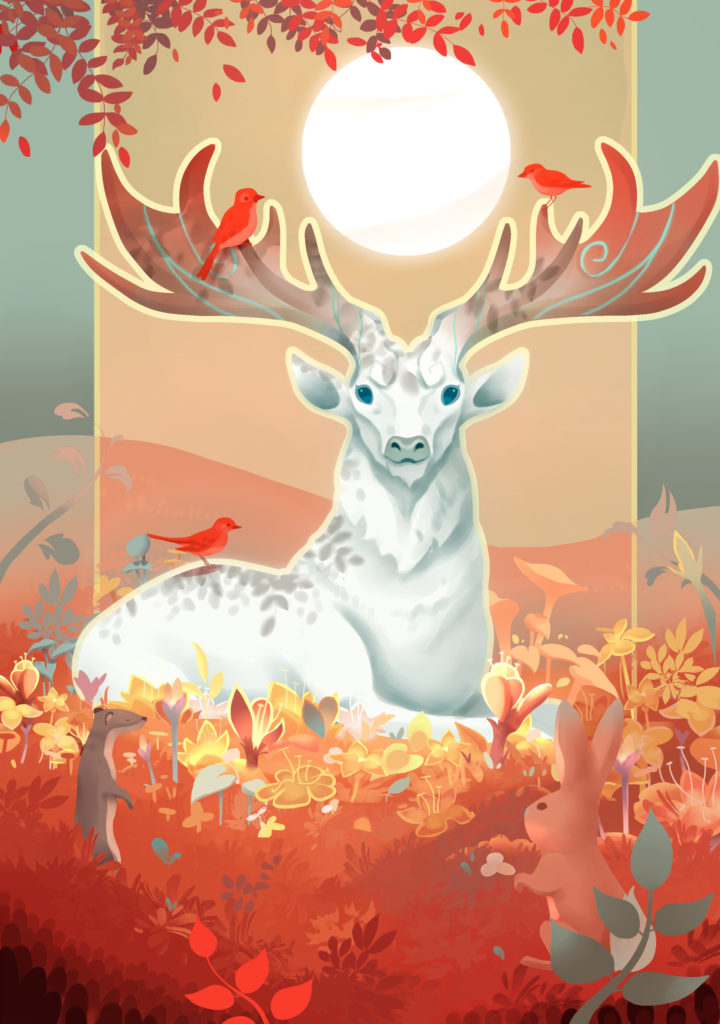
ENG | At the end of 2022 the board game Power Plants will arrive, for which you were also in charge of all the artwork. How was the process of creating those «magic» plants and then simplifying them as much as possible to create all the iconography of the game?
Working with Joshua Cappel is always a blast because he is an artist himself and knows exactly what he wants visually. He very often sends me his own sketches of what he envisions or sends me fun prompts ( for example, firefly sprite or ember tree) The iconography of the game is his doing entirely, I am only in charge of the non-graphic design part (the sprites, the plants etc) and I very often base my own illustrations on his iconography.
ESP | A finales de 2022 llegará el juego de mesa Power Plants, del que también te has encargado de todo el apartado artístico. ¿Cómo fue el proceso de crear esas plantas «mágicas» y luego simplificarlas al máximo para crear toda la iconografía del juego?
Trabajar con Joshua Cappel siempre es una pasada porque él mismo es un artista y sabe exactamente lo que quiere visualmente. Muy a menudo me envía sus propios bocetos de lo que imagina o me envía divertidas indicaciones (por ejemplo, el sprite de la luciérnaga o el árbol de la brasa). La iconografía del juego es obra suya por completo, yo sólo me encargo de la parte de diseño no gráfico (los sprites, las plantas, etc.) y muy a menudo baso mis propias ilustraciones en su iconografía.
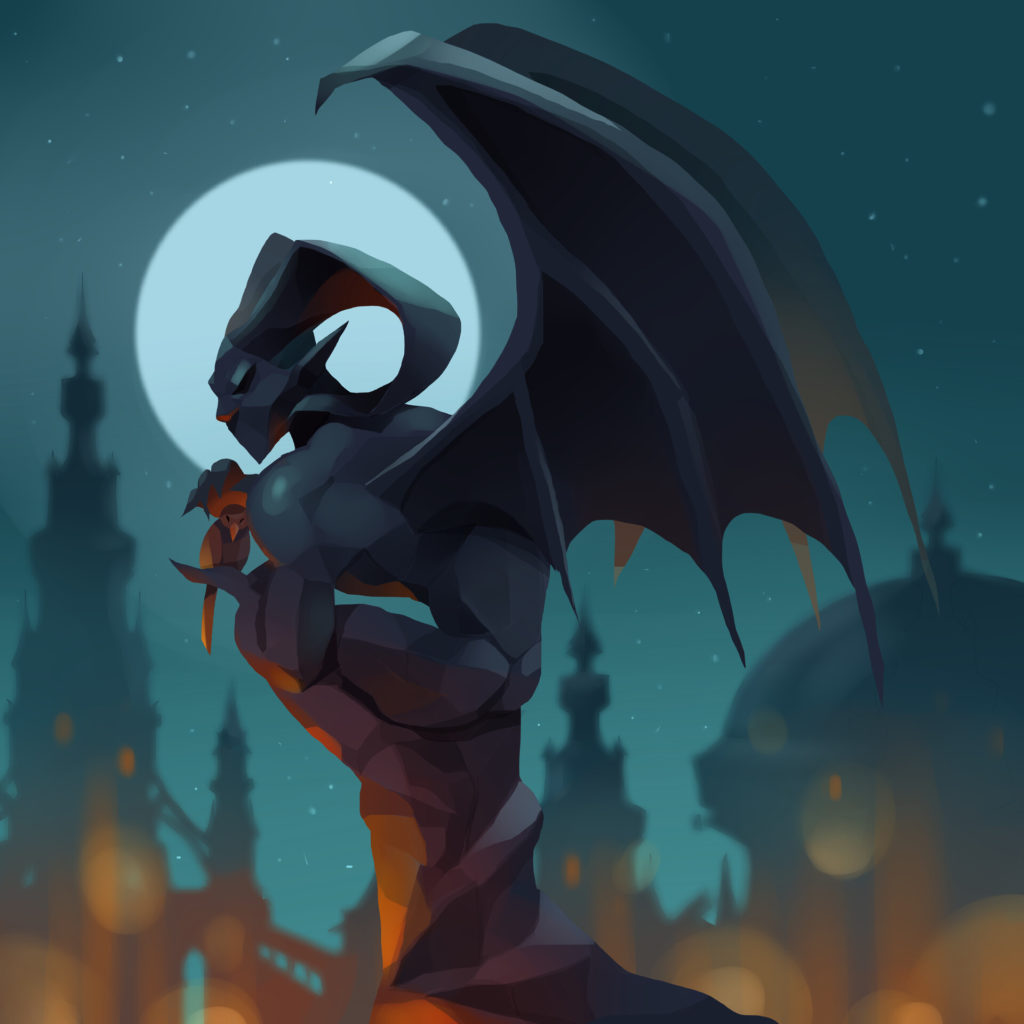
ENG | As a board game illustrator, what do you like the most about your work?
I love the fact that I can illustrate fun nature sprites one day and then robots the next. My work challenges me to explore worlds in and out of my comfort zone and everyday is different than the next.
ESP | Como ilustradora de juegos de mesa, ¿qué es lo que más te gusta de tu trabajo?
Me encanta el hecho de poder ilustrar divertidos sprites de la naturaleza un día y robots al siguiente. Mi trabajo me reta a explorar mundos dentro y fuera de mi zona de confort y cada día es diferente al siguiente.

ENG | Do you have any new or upcoming projects you want to tell us about?
I sign a lot of NDAs so it’s hard for me to give any specific information about the games I work on but I do believe there’s a game coming out next year that families will love, I had a lot of fun illustrating it anyway!
ESP | ¿Tiene algún proyecto nuevo o próximo del que quiera hablarnos?
Firmo muchos acuerdos de confidencialidad, así que me resulta difícil dar información específica sobre los juegos en los que trabajo, pero creo que el año que viene saldrá un juego que encantará a las familias, ¡me divertí mucho ilustrándolo!
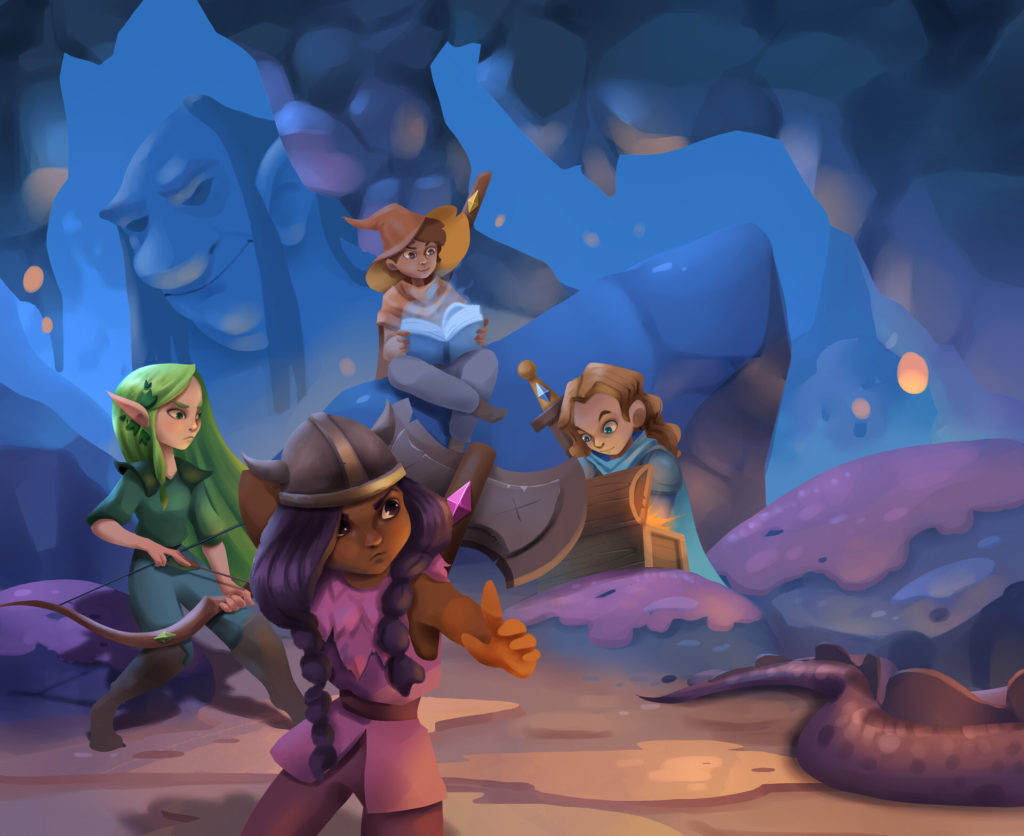
ENG | Finally, what advice would you give our readers to enter the board game industry as illustrators?
I’m going to sound cliché but don’t be scared to put yourself out there , even if your work isn’t exactly industry-standard level yet, there is always going to be someone, somewhere that will see your work and find something they like in there.
ESP | Por último, ¿qué consejo darías a nuestros lectores para entrar en la industria de los juegos de mesa como ilustradores/as?
Voy a sonar a tópico, pero no tengas miedo de exponerte, incluso si tu trabajo no es exactamente del nivel de la industria, siempre habrá alguien, en algún lugar, que verá tu trabajo y encontrará algo que le guste.
Muchas gracias Apolline 😉
(Todas las imágenes cedidas por Apolline Etienne)

